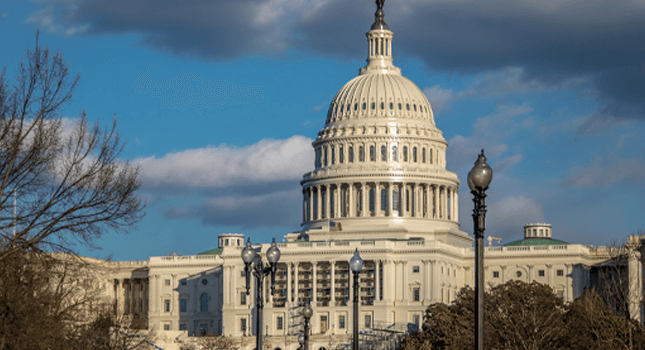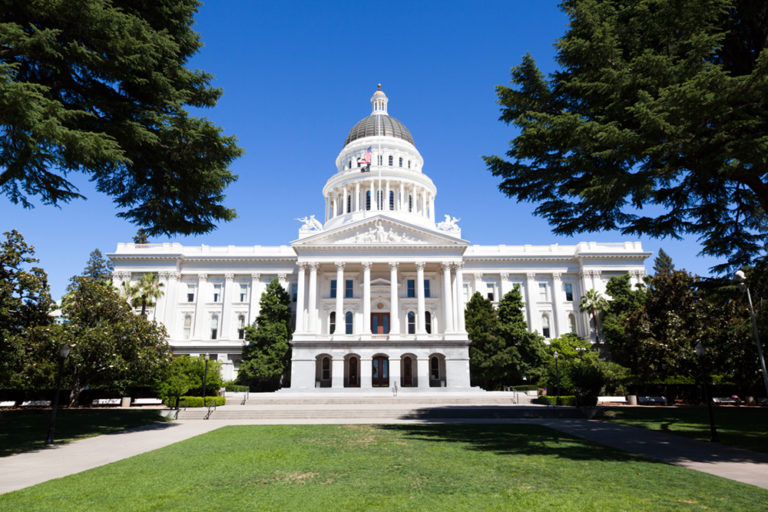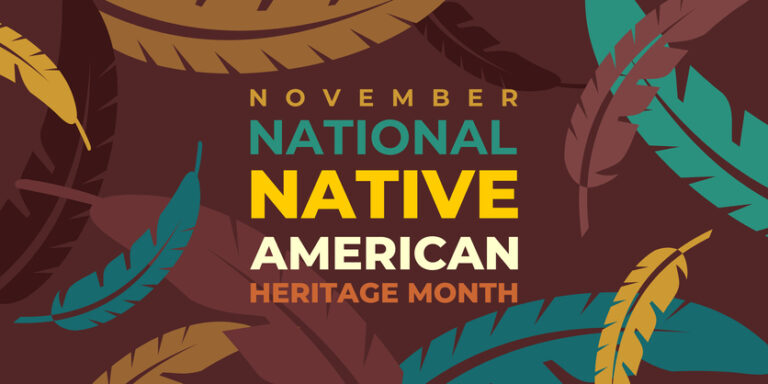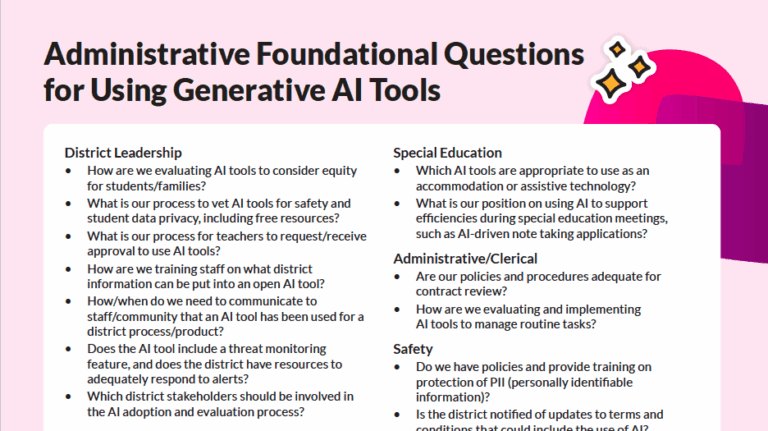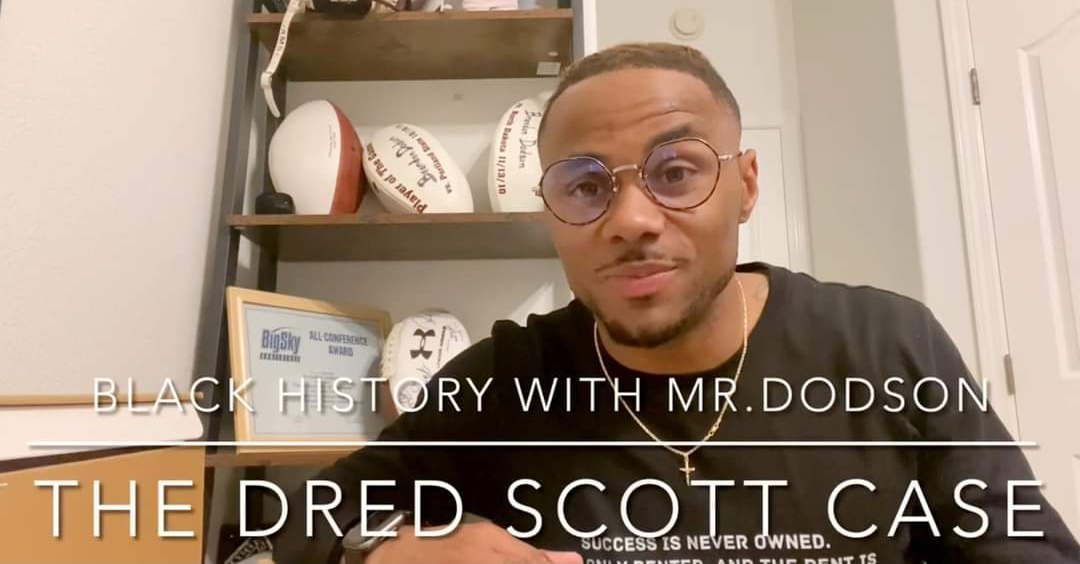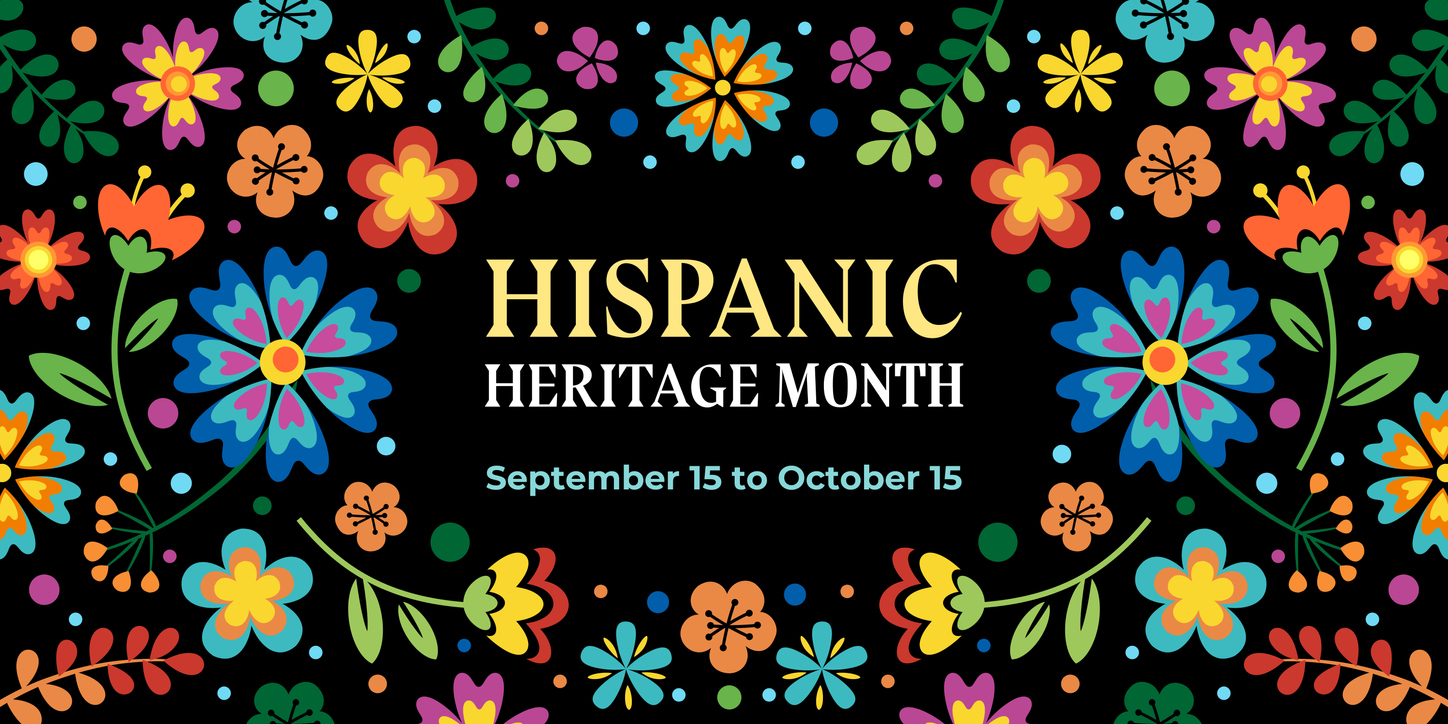By Laura Preston and Nicole Anderson
Since 1980, we have recognized and celebrated women’s historic achievements in the month of March. This began with the words eloquently expressed in a national message from President Jimmy Carter designating March 2-8 as National Women’s History Week:
“From the first settlers who came to our shores, from the first American Indian families who befriended them, men and women have worked together to build this nation. Too often the women were unsung and sometimes their contributions went unnoticed. But the achievements, leadership, courage, strength and love of the women who built America was as vital as that of the men whose names we know so well. ,,,This goal can be achieved by ratifying the 27th Amendment to the United States Constitution, which states that “Equality of Rights under the Law shall not be denied or abridged by the United States or by any state on account of sex.”
Since congress passed a resolution on March 1, 1987 designating March as Women’s History Month, we have acknowledged and celebrated women in various ways. Huge milestones in “Her Story” include the Civil Rights Act of 1964, as well as Title 9 of 1972, wherein women gained equality on numerous platforms.
Other milestones include:
- March 31, 1888 – National Council of Women of the U.S. organized by Susan B. Anthony, Clara Barton, Julia Ward Howe and Sojourner Truth, among others, the oldest non-sectarian women’s organization in the U.S.
- March 8, 1913– International Women’s Day, with origins tracing back to protests in the U.S. and Europe to fight for the political rights of working women.
- Sept. 12, 1985 – California Legislative Women’s Caucus established.
- March 1, 1978 – Women’s History Week is first observed in Sonoma County, Calif.
On a visit to Washington D.C., ACSA’s Advocacy Team member Laura Preston recalls an emotional experience at the Library of Congress: She happened upon an exhibit detailing the history of the women’s movement. The story has particular interest, as she has been part of the generation that has made tremendous strides in opening the doors for women.
What Preston discovered shocked her. Copies of letters and petitions supporting and opposing women’s suffrage and women’s right to vote were on display. A letter written by the National Association Opposed to Woman Suffrage, unfortunately written by a woman, included the argument that the right to vote “would give suffragists and socialists the opportunity to annoy and pester every Legislature in the United States until a majority of the men in 36 Legislatures surrendered their judgement and principles to political threats and cajolery. It would be an official endorsement of nagging as a national policy.” Note: the highlight and underscore are actually written into the letter.
Furthermore, the 14th Amendment to the U.S. Constitution was ratified July 8, 1868, granting all male inhabitants the right to vote. This rightly expanded the right to vote to include former slaves. This accomplishment revealed that our nation moved from an oppressive and hateful mindset to that of compassion and righteousness in that we once viewed slaves as “less than human.” This proved to be quite illusory, as we later experienced the impact of the 19th Amendment to the Constitution, granting women the right to vote, which did not occur until 1919; 51 years later!
Seeing the timeframe of the continuous fight women endured to reach the same status as former slaves was eye-opening but sadly, not surprising.
The election of President Obama presented the opportunity to break color lines. And even though the gender line has yet to be broken, a woman is positioned as a top candidate for president in the current election. Nearly half of the world’s nations have had a woman leader, and their working numbers have doubled since 2005.
But even in the midst of this unprecedented history, we must remind ourselves of the harsh realities that exist in today’s society. The oppression of women is still perpetuated in systems and institutions throughout the world. Disproportionate data illustrates this very fact throughout numerous sectors of American society, including employment, athletics, politics, education… and the list goes on.
This oppression is often perpetuated within our educational system through lower expectations with regards to college and career aspirations. Girls have been placed in course tracks that don’t necessarily support their talents and passions. And although girls often see educators who look like them (i.e. approximately 73% of teachers in California are women), the curriculum isn’t often derived from a deep-rooted women’s perspective. It is important to recognize that the dominant culture in America is based on the male perspective, which dramatically impacts how women perceive the hierarchy of cultural power.
It is critical that we consider numerous promising practices that yield high quality educational outcomes for our young girls. The practices must include empowerment and support that lead girls to self-actualization in order for them to reach their true potential. These practices, which are sustainable systems, not programs, include mentoring, restorative justice and culturally responsive pedagogy, coupled with female perspective and imagery. By sheer numbers alone, no female student should go through her educational career without being matched with a female mentor within the school system.
Since most of our educators are women, we must also strategically invest in quality and relevant professional development that affirms, empowers and challenges their mindset in order to build their capacity to support our girls in schools. It is crucial that we – educators – teach our young girls not to be complacent and settle for mediocre standards and treatment. We must teach them their true history and celebrate them in order to build intelligent and confident young women who respect themselves and others in society. We want to ensure that our girls have allies who provide safe and supportive havens within the school setting.
ACSA has committed efforts for numerous years to acknowledge and support our female members, who represent approximately 60% of total membership, through our Women’s Leadership Network. These efforts have included state, regional and charter level conferences and events. These events feature break-out sessions, panels and keynote speakers, as well as networking opportunities. The WLN also focuses on supporting the pipeline to the position of superintendent for women, who historically have experienced challenges in obtaining top executive positions within the school system. ACSA’s WLN is also gaining strength, and our women leaders demand opportunities that exist for other disenfranchised groups.
The power of the WLN is not only in its support of women for and by other women, but to reach out to younger school leaders to provide mentorship and guidance. And the WLN wants to work with young women in high school to provide guidance to a career in education. The WLN is poised to work directly with the state Women’s Legislative Caucus to offer suggestions for future legislative proposals to help girls in the school system and to work with women business leaders to bridge the divide between education and business.
Within current educational initiatives in California, the Local Control Funding Formula’s spirit and intention is to provide equitable outcomes for students, specifically English learners, foster youth and students living in poverty. While female students are not specifically named, districts have opportunities to utilize their Local Control and Accountability Plans to fundamentally change the outcomes for female students. For example, districts are adopting policies that include ethnic studies as course options as well as graduation requirements. How powerful would it be to include Women’s studies, providing all students with new insight and deep reflective concepts that will support their growth as adults.
In order to close educational gaps and effectively support our females, as well as all students, educators must continue to address their belief systems and build a stronger knowledge base. As leaders focus on CPSEL No. 5 as a tool for support and accountability, leadership capacity can be built in order to foster effective instructional strategies and school climates that support our female students, who are the phenomenal women of the future.
Notable female firsts
- Janet Reno – first woman U.S. Attorney General
- Debi Thomas – first African American woman to win the World Figure Skating Championship
- Rose Ann Vuich – first elected female state senator in California
- Jeannette Rankin – first female member of Congress (R-MT)
- Sandra Day O’Connor – first female justice appointed to the U.S. Supreme Court
- Diane Humetewa – first Native American U.S. District Court judge
- Kamala Harris – first Female California attorney general; California’s third female U.S. Senator and the first of Jamaican or Indian descent
- Karen Sakata – first Asian American Female county superintendent, Contra Costa County
- Madeline Davis – first openly lesbian delegate elected to a major political convention, Democratic National Convention, Miami
- Michelle King – first African American superintendent in LAUSD
- Delaine Eastin – first female California superintendent of public instruction
- Susana Martinez – first female Latina governor, New Mexico
- Fanny Jackson Coppin – first African American woman to become school principal
- Jen Weltzer – first female NFL coach











